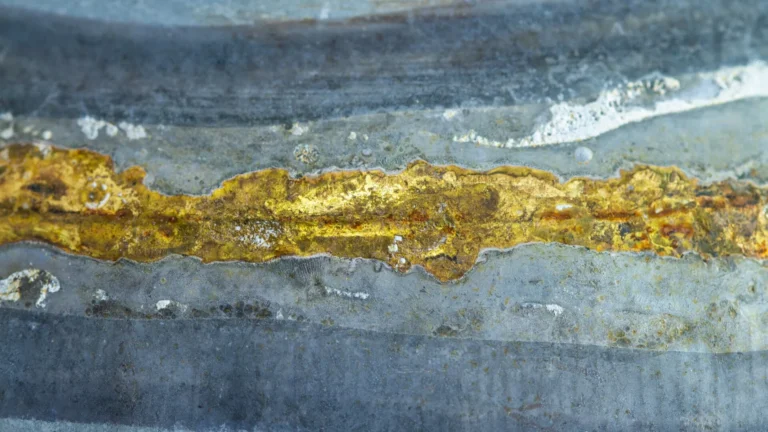The U.S. Army isfacing a criticalshortage ofwell-trained officers.
What To Do About Army Officer Shortages?By Cliff MontgomeryThe following is from a little-known July 5th, 2006 Congressional Research Service (CRS) report which brings attention to one of the most pressing long-term problems of our nation: a “critical” shortage of Army officers.”The Army’s enlisted recruiting shortfall in 2005 generated significant congressional and media interest, and served as the impetus for several legislative initiatives. However, until very recently, there has been little mention or visibility of potential shortages in the Army’s officer corps.”This problem is currently unique to the Army. While specific skill shortages and imbalances have been reported by the other services, only the Army is reflecting service-wide active component shortages.”The Army currently projects an officer shortage of nearly 3,000 in FY2007, with the most acute shortfalls in ‘senior’ captains and majors with 11 to 17 years of experience.[…] The Army considers any personnel ‘fill rate’ (the number of officers available to fill requirements) of less than 85% a ‘critical’ shortage, and projects a fill rate of 82.6% for majors in FY2007.”The Army further projects an increased shortage of more than 3,700 officers the following year, and estimates that annual shortages in excess of 3,000 officers will persist through FY2013 unless accessions (the number of new lieutenants brought to active duty annually) can be increased and retention can be improved.It presently takes 10 years to ‘grow’ a major (from lieutenant to promotion to major), and 14 years if that major is an academy or ROTC graduate. Therefore the projected shortage appears to be a significant long-term challenge, especially as the Army continues to transform and maintain a significant role in fighting the Global War on Terror (GWOT).”This report analyzes a number of potential factors contributing to the shortfall, especially the impact of reduced officer accessions during and after the Army personnel drawdown of the early 1990s, and the significant increase in Army officer requirements caused by the Army force structure transformation to a modular, brigade-centric force through its Modular Force Initiative.”At this time, the high deployment tempo associated with Operation Enduring Freedom (OEF) and Operation Iraqi Freedom (OIF) does not appear to be associated with these shortfalls.”Although the Army has already introduced several new programs to enhance officer retention, other possible options exist that could help address the Army’s officer shortages. They include the possibility of officer retention bonuses. The Army does not pay any officer continuation or retention bonuses, with the exception of Aviation Career Incentive Pay.”Army personnel estimates point toward a future shortage of active duty officers, especially in the ranks of ‘senior’ captain and major. […] This is not a problem that can be quickly nor easily solved as the Army continues to transform its force structure and, simultaneously, fight the Global War on Terror (GWOT).”The Army currently projects an officer shortage of approximately 3,000 ‘line’ officers in FY2007, a situation that worsens to 3,700 officers in FY2008 and continues to average more than 3,000 annually through FY2013. This could result in 15% to 20% of all positions at the rank of major being vacant or filled by more junior and less experienced officers.”To at least partially address this situation, the Army has recently introduced several non-financial retention incentives that result in extended service obligations. However, unlike the Navy, the only Army officer retention or continuation bonus currently being paid to line officers is Aviation Career Incentive Pay, which only applies to a small fraction of the Army officer corps.”Some analysts believe that the projected shortages of captains…will result in critical positions being vacant or filled with more junior and less experienced officers or even noncommissioned officers. This could have a negative impact on unit readiness or cause some officers to fill more than one position simultaneously.”With the current operational and deployment tempo, this additional stress could result in higher attrition and, therefore, a worsening shortage situation.”





